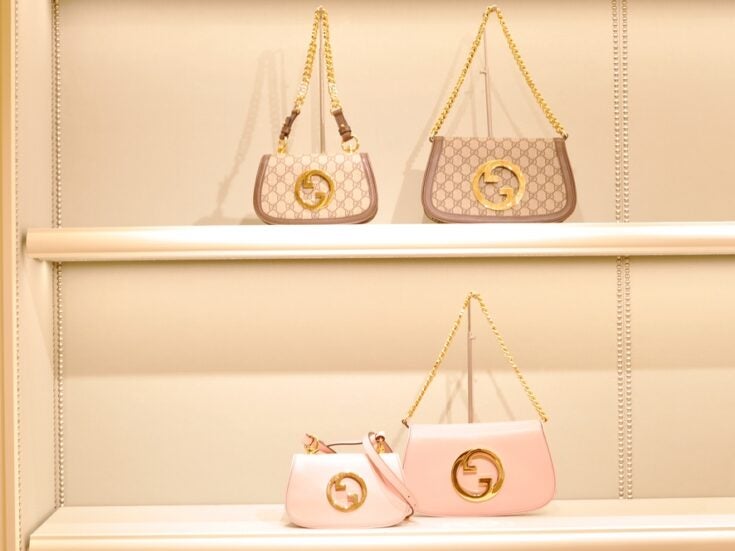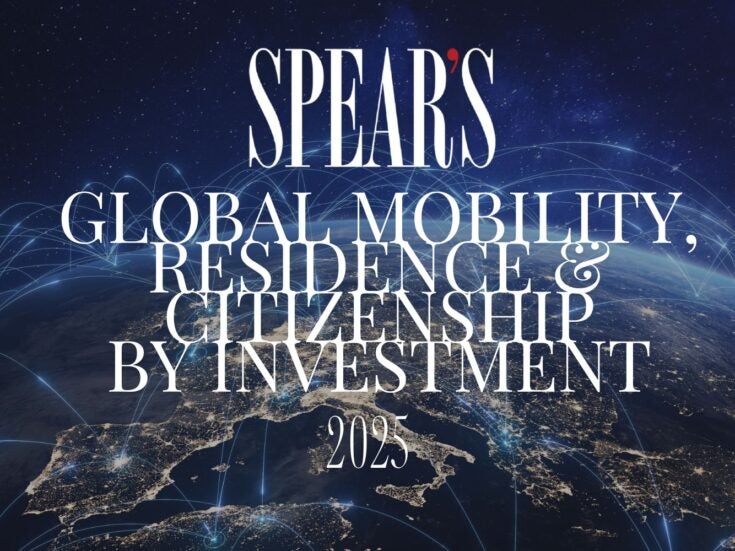
A century in the making, the revered Louis XIII cognac shows that loving care and attention and great patience still matter in this age of instant gratification, writes Alex Matchett
From the road we tread heavily up the dew-slick slope, between the rows of vines that stripe the hillside. Above us the morning is beginning to burn off, disintegrating into a warming haze beneath a ripening sun. We come to a small white chalk cliff and squat in its narrowing shadow, watching a red tractor amble slowly up the far side of the valley. The provincial charm is endowed by centuries, tangible and indifferent.
In front of us grow the grapes that go into making Louis XIII cognac, a spirit 100 years in the making, and, along with the eclectic brethren of the region, a product claiming to be the world’s finest. Perhaps due to the finesse inherent in the distilling process, it’s a region where craft and artisanship are nurtured, and coveted. ‘We have contracts with around 1,000 wine growers in the region of [Cognac’s] Grand Champagne,’ says Chian Mei Gan, the brand’s international ambassador. ‘Since 1965 we’ve had these partnerships and in 2005 we formed a formal alliance, with our producers.’
These winemakers provide a pool of precious flora: 35-year-old vines growing only in this region, planted in the unique chalky soils that make the grapes, the wine, and eventually the distilled eau d’vie, which, if deemed good enough, shall be sealed inside the mould-covered barrels in Rémy Martin’s warehouse and aged for up to 100 years to make Louis XIII.
Mei turns the chalky white soil, the real currency of this terroir, in her hand. ‘It’s crumbly, so it absorbs the water during the rainy season, it’s like a sponge, it regulates a bit of temperature. In this region we make the wine that is the most natural in the whole world because we do not add any sulphites to preserve it. The white wine is preserved by the acidity given by the soil.’
That deference to nature represents a commitment to quality that is unapologetically unmodern, almost ceremonial. For example, distillation stops every year after 31 March, when the weather becomes too warm and the wine suffers. The walls of the cellars where the cognac rests are deliberately left to line with mould feeding on the evaporating fumes of the ‘angel’s share’. This keeps the space dark and damp, further preserving quality. The barrels themselves must come from 150-year-old trees with the correct grain spacing to maximise tannin exposure.
All these variables could be accounted for using modern technology, but, despite arcane appearances, this celebration of the old-fashioned is an homage to artisanry. It is a self-fulfilling prophecy of passed-down knowledge, patience and skill, century-long cycles, evolution of taste, and, perhaps most crucially, a well-polished marketing narrative.
In 2015 the brand partnered with John Malkovich to make a film that will remain unseen until 2115, an obvious gesture to the cognac being laid down now, to be bottled in 100 years. This year sees the creation of the L’Odyssée d’un Roi, a collaboration of Rémy Martin, Hermès fashion house, Puiforcat silversmiths and Saint-Louis crystal makers. The result is three distinctive and unique decanters, recently sold at auction in Hong Kong, New York, and London.
Each bottle, modelled on a flask discovered in 1850 on the site of the Battle of Jarnac (1569), has been crafted to represent its hemisphere and comes in a leather-bound travel case complete with crystal glasses, silver pipette dispenser, and a tome for tasting notes. The estimate was £100,000, with all the proceeds going to the Film Foundation, a charity set up to preserve the cinematic medium and patronised by Martin Scorsese, who credited the partnership with Louis XIII as ‘an excellent way to highlight the foundation’s preservation, education, and exhibition programs’.
Global appreciation and market appetite for such objects has no doubt increased in recent years. The returns certainly show that. Sotheby’s sold the Americas edition for $134,750 in New York, the Asia one for $188,462 in Hong Kong, and the Europe one for $235,000 in London. In 250 years they’ll make fascinating museum pieces, beguiling evidence of their craft. Currently they resemble very expensive cognac holders and slow, laden, caravans to heritage.
‘For me it’s the right way to explain the tradition, the knowhow of Louis XIII,’ says cellar master Baptiste Loiseau. ‘People are more and more aware of the traditions behind the highest quality they are looking for. We are speaking about luxury icons, but people want to touch this luxury and these high-end products. Yes it’s a trend, but people really want to rely on the tradition of these French houses. Now we’re elated with this kind of collaboration, this kind of savoir faire that is coming from France.’
Such pride may jar with British understatement, but for Loiseau it’s not based on blind patriotism so much as belief in the authority of the product. Standing next to the London edition of L’Odyssée d’un Roi in the showroom of Rémy Martin’s Maison in Cognac, that authority has a sense of manufacture. However, in the damp, poorly lit, cellars just outside the town of Merpins, it’s a different story.
Here Loiseau, young for such a job at 36, is in his element. He describes the process of ageing and blending he must oversee, all reliant on his tasting standards alone. There is no tasting constitution — he has been entrusted to make Louis XIII and must find the right cognacs to blend, to let rest and to bottle. The youngest will be 40 years old, the oldest over 100. The spirits lie in huge barrels, row on row, unstacked, since at this age the wood has lost two thirds of its thickness. They are circled by the ridged, wooded belts that would initially have helped when they were rolled on to steam ships; some are now snapped, like limbs upheld in a last, desperate exultation. There are 150,000 barrels that are whittled down through blending and evaporation to make the few. It all makes a compelling subterranean monument to the process and the steady drip of time. The air is thick with a not unpleasant, musty, incense-like, cognac fug that dispels any cynicism when Loiseau says each barrel, and its blend, ‘builds part of the cathedral’. Fittingly, to the side there are gated crypts padlocked up — private stashes put here decades ago by Martin family members.
Every barrel is labelled with a secret code to identify its age and the respective blends it contains and its portions. The code is passed down from cellar master to cellar master. One, being used in the fourth ‘marrying’ stage, reads: ‘1L 512 40.24 17 09 16,95 REV’.
The testament to all this is in the tasting. At the back are a dozen shelves of demijohn-like bottles. The first Loiseau passes round tastes like walking into a room of dried flowers — there’s a heady embrace before giving a deep, fruity, Christmas-like, candied finish. It is a phenomenal and unforgettable wine that holds 100 years of history in its amber half-orb. The second of his blends we try has a juicier, fruit salad feel, with more of a citrus kicker.
They are brilliant jewels Loiseau has made, and one hopes as much joy comes to the buyer as went in from the maker. But they do not taste £100,000 better than the next cognac. Nor does the Louis XIII blend we try inside the old stables opposite the family mansion on Le Grollet Estate. However, these long endeavours are treasures nonetheless. They have earned their heritage and thereby the ability to make their own marketing look trite — a curious but compelling luxury.






